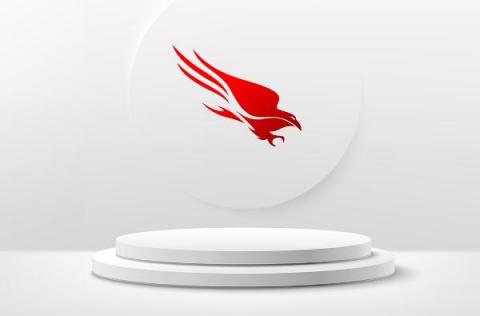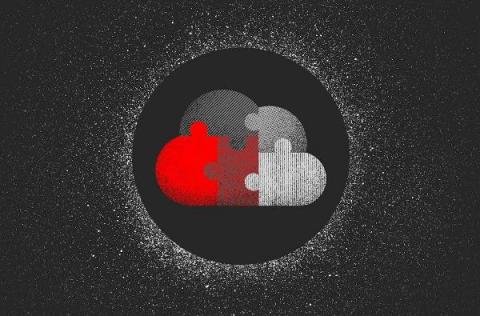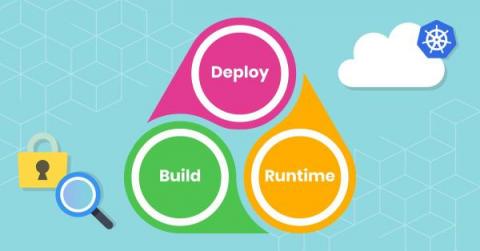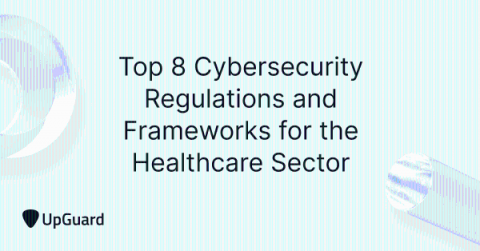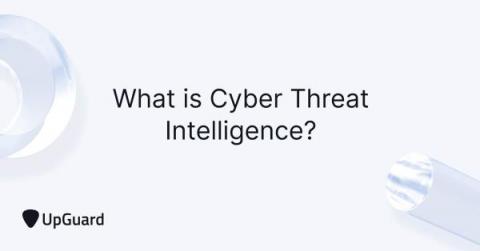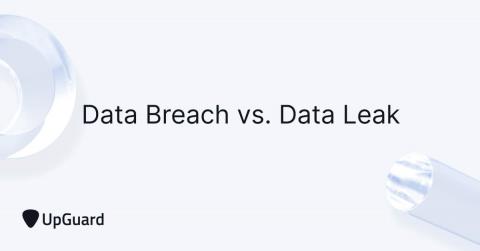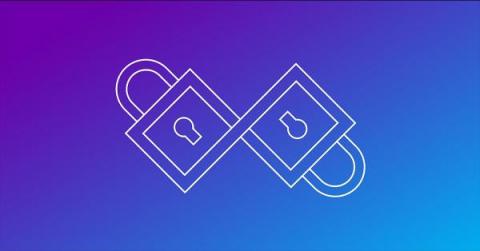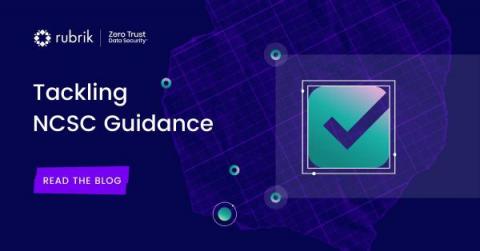Modernize Your Security Stack with the Falcon Platform
The job for CIOs, CISOs and their security and IT teams may be more complex than ever in 2022. Ongoing support for hybrid workforces, coupled with the continued shift to the cloud, has expanded the threat surface. At the same time, the infrastructure and environments supporting organizations are growing ever more vulnerable. According to the National Institute of Standards and Technology (NIST), more than 18,000 vulnerabilities were reported in 2021.


